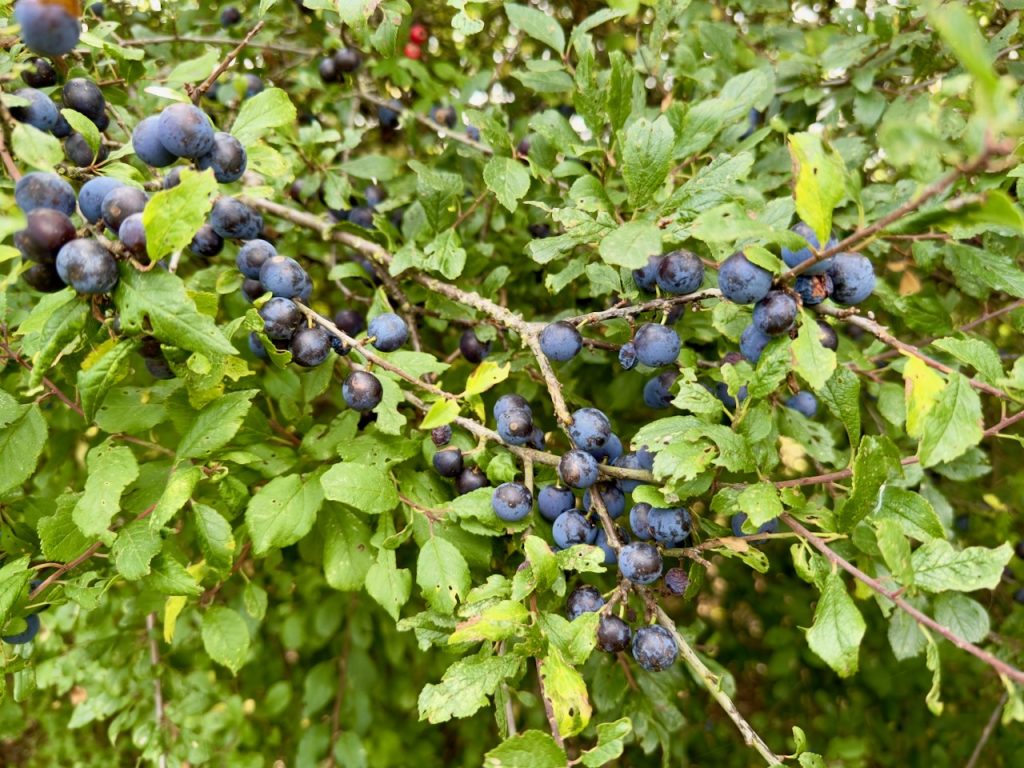It’s that time of year again
With the summer solstice a long way behind us, the nights are noticeably longer. The hedgerows are also now laden with berries of all kinds, and in my part of the world, they have been for some weeks. Many summer visitors have already started their migrations south, but it does beg the question, what difference will our early autumn heatwave make to those birds yet to depart our shores? A recent country walk resulted in my spending far too much time waving my arms around frantically trying to dissuade the large number of flies from getting in my face. If this is common across the country, the insect eaters must be making the most of this late banquet. So, are some birds waiting around to make the most of the food on offer? Hopefully, BTO survey results could well shed light on this in the future.
It is always sad to see the likes of the Swallows, Swifts and House Martins depart, as with them seems to go our summer, but autumn brings its own pleasures with (we hope) large numbers of finches and thrushes coming into the country to make the most of the harvest. Autumn and winter migrants can often turn up in gardens and urban areas looking for berries, so if you ever needed an excuse to plant a few trees and shrubs that bear fruit, the possibility of seeing a visiting Redwing or, in the winter, a Waxwing should be all the motivation you need.
Over the coming weeks, as the nights grow longer and the temperatures drop, all eyes turn to the various social media channels and groups to find out the latest location of a Starling murmuration. It is one of the most spectacular sights in the birding world, or any world for that matter. Tens of thousands of birds mass together to make spectacular patterns in the sky before they drop down to roost for the night. Sadly, none of us are going to get a Starling murmuration in our gardens no matter how diligently we feed the birds, and only a very few very lucky people will be able to see one from their home. But you don’t need me to suggest that, if you hear of one in your area, try to get to see it. I missed out on a local one last year, so I hope to be more fortunate this winter.
So although this can be a sad season, Autumn is also a colourful one as the trees and other vegetation turns colour. And if you are like me, you won’t be counting the days until Christmas, but the slightly shorter total of the days until the winter solstice, usually around the 21st of December. Also known as the hibernal solstice, as we will probably still have the coldest part of the Winter ahead of us, we can console ourselves in knowing that the nights will be growing shorter and that Spring is, once again, on its way.
© Phil Pickin



